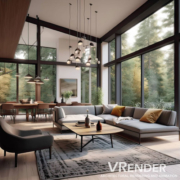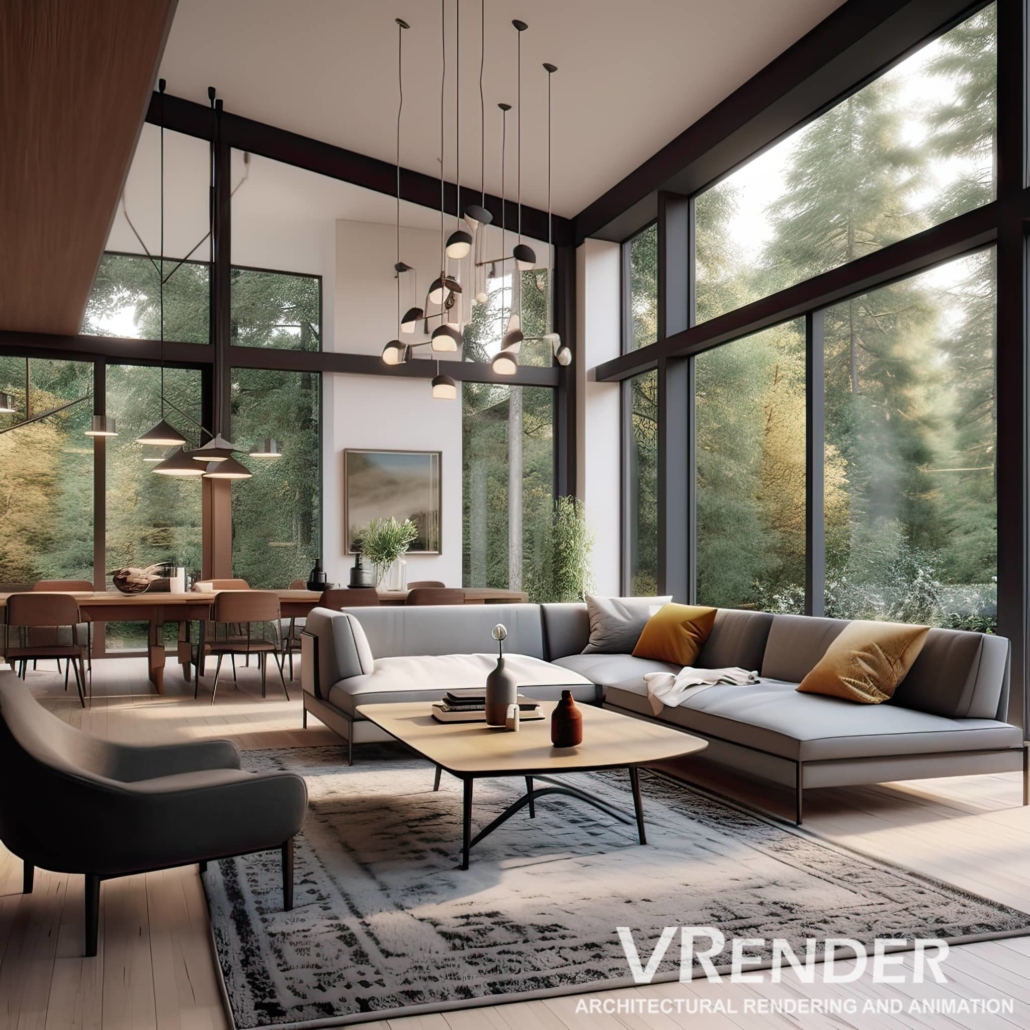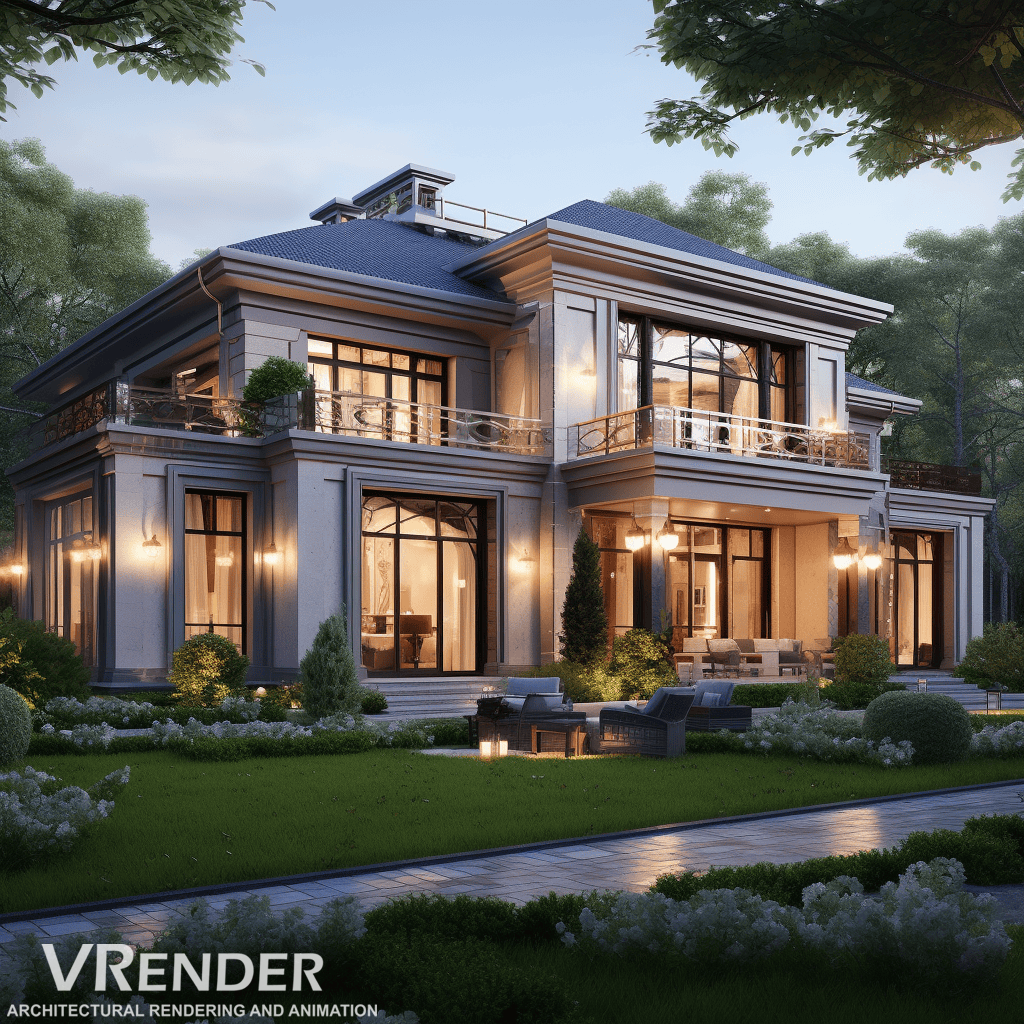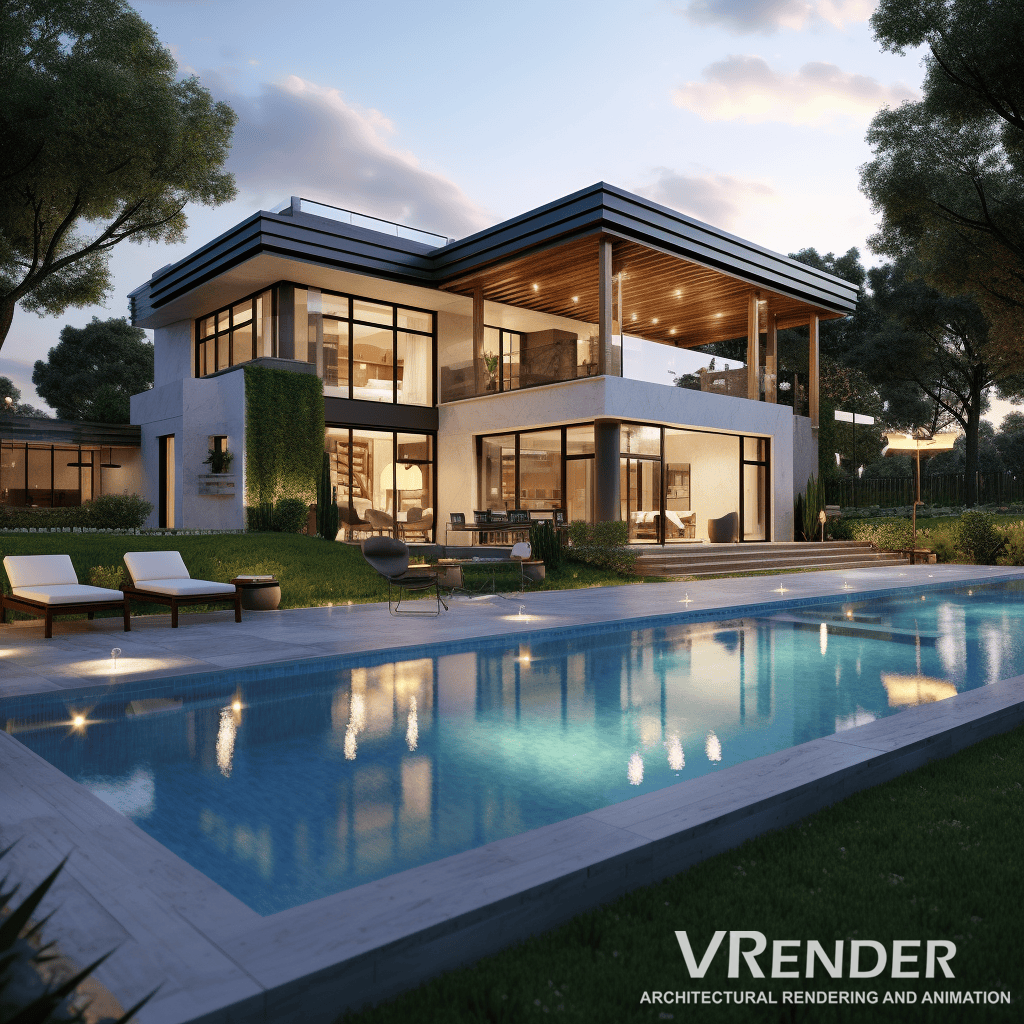How to add perspective to architectural projects with digital 3D rendering help
Adding perspective to architectural projects is a crucial element in ensuring a design is both appealing and realistic. With the advent of digital technology, 3D rendering has become an indispensable tool that architects and designers rely upon to convey their vision. Here’s how digital 3D rendering can help add perspective and bring architectural projects to life before they are constructed.
Understanding 3D Rendering
Before we delve into the details, let’s first understand what 3D rendering is. 3D rendering is the process of producing an image based on three-dimensional data stored within a computer. This technology is widely used in various fields, including architecture, where it helps in visualizing a complete project in a realistic manner.
The Benefits of 3D Rendering in Architecture
– Visual Communication: It translates complex architectural concepts into clear visuals.
– Design Analysis: Provides tools to examine proportions, scales, and spatial relationships.
– Client Engagement: Clients can see and understand the design in a realistic setting.
– Efficient Revisions: Changes can be made quickly and efficiently without the need for physical models.
How 3D Rendering Adds Perspective to Architectural Projects
1. Visualization of Scale and Proportion
Properly scaled 3D renderings allow both clients and designers to get a sense of how large or small certain elements of the project will be in relation to others. This is crucial for finding the right balance in a design.
2. Realistic Material Rendering
Materials can look different depending on lighting and context. With advanced rendering software, the true appearance of materials can be previewed, helping to make informed choices about material selection.
3. Lighting Analysis
By simulating various lighting conditions, 3D rendering can show how a building will look throughout different times of the day or year, aiding in architectural lighting decisions.
4. Environmental Context
A project doesn’t exist in a vacuum—it’s part of a larger environmental context. Digital 3D renderings can include surrounding buildings, landscapes, and infrastructure to give a more comprehensive perspective.
5. Interactive Experience
Virtual Reality (VR) and Augmented Reality (AR) offer interactive renderings that engage clients and stakeholders, making them feel part of the space and envisioning it from their own perspective.
Effective Techniques for Adding Perspective
Point of View:
Select appropriate viewpoints for your renderings. Different angles can depict the hierarchy, dominance, or coziness of the spaces.
Camera Lens:
Wide-angle lenses can make spaces appear larger, while telephoto lenses offer a more focused view of design elements.
Framing:
Use borders such as windows, arcades, or doorways to frame views within a rendering, guiding the eye and highlighting focal points.
Entourage:
Populate your renderings with people, vegetation, vehicles, and other environmental elements to give a sense of activity and scale.
Shadows and Reflections:
Incorporate accurate shadows and reflections to add depth and realism to your renderings.
Depth of Field:
Use depth-of-field effects to focus on key elements while subtly blurring the background or foreground.
The Process of Creating a 3D Render
Step 1: Modeling
Develop the structural form of the project in a 3D space, taking into account dimensions and spatial relationships.
Step 2: Texturing
Apply materials and textures to the model’s surfaces to simulate real-world finishes.
Step 3: Lighting
Add lighting sources to mimic natural or artificial light, paying attention to shadows and highlights.
Step 4: Rendering
Run the rendering process to generate the final imagery, making adjustments as needed for quality and realism.
Step 5: Post-Processing
Enhance the rendering with image editing software to adjust contrasts, saturation, or add additional elements.
Selecting the Right 3D Rendering Software
Autodesk 3ds Max – High-level details, extensive plugin support. Complex and detailed architectural visualization.
SketchUp – User-friendly interface, a large library of components.Quick conceptual models.
Lumion – Real-time rendering, a vast library of materials and objects.Rich and detailed outdoor environments.
Rhino – Precision modeling, good for complex surfaces.Organic structures and intricate designs.
V-Ray – Advanced lighting and material settings, photorealistic renderings.High-quality final renderings.
Revit – BIM-oriented, parametric modeling.Integrated architectural planning.
When selecting software, consider factors like the complexity of your projects, your hardware setup, and whether you need to collaborate with others on the designs.
Partnering with 3D Rendering Professionals
While architects can learn 3D rendering, it’s often more efficient to partner with professionals who specialize in digital renderings. This collaboration typically involves:
– Briefing: Clearly outlining the project needs and expectations.
– Iterative Reviews: Sharing feedback at various stages for refinement.
– Final Delivery: Receiving the finished renderings that align with the envisioned design.
Professionals can provide high-quality renders quickly and give valuable input to ensure the architectural perspectives are correctly portrayed.
Enhancing Presentations with 3D Renders
3D renders can be used in client presentations to much greater effect than traditional 2D drawings or even physical models. They can be showcased through:
– Digital Slideshows: Renderings can be compiled into a digital presentation.
– Video Walkthroughs: Animated fly-through or walk-through videos to give a tour of the design.
– Interactive Applications: Using applications that allow the client to explore the rendered space at their own pace.
Future of 3D Rendering in Architecture
The future is bright for 3D rendering in architecture with emerging trends such as:
– Real-Time Rendering: Instant visualization and walk-throughs without long rendering times.
– AI Integration: Predictive design elements and intelligent automation within rendering software.
– Sustainable Design: Renders that help in analyzing environmental impact and sustainability.
Conclusion
Digital 3D rendering is a powerful tool for adding perspective to architectural projects. It provides architects and clients with the means to visualize, analyze, and modify a design before any real-world construction begins. By harnessing the capabilities of 3D rendering software and techniques, the road from concept to reality can be much smoother and more collaborative.
When utilized effectively, 3D renderings can elevate presentations, inform better decision-making, and ensure that the final construction closely aligns with the initial vision. With ongoing advances in technology, architecture professionals will have more opportunities and capabilities than ever to create stunning, life-like representations of their work, adding depth, context, and clarity to their projects.
- How to add perspective to architectural projects with digital 3D rendering help - December 24, 2023
- 3D Architectural Walkthrough Animation Services New York - April 24, 2019
- 3D Rendering Services in San Francisco, California - March 12, 2019








